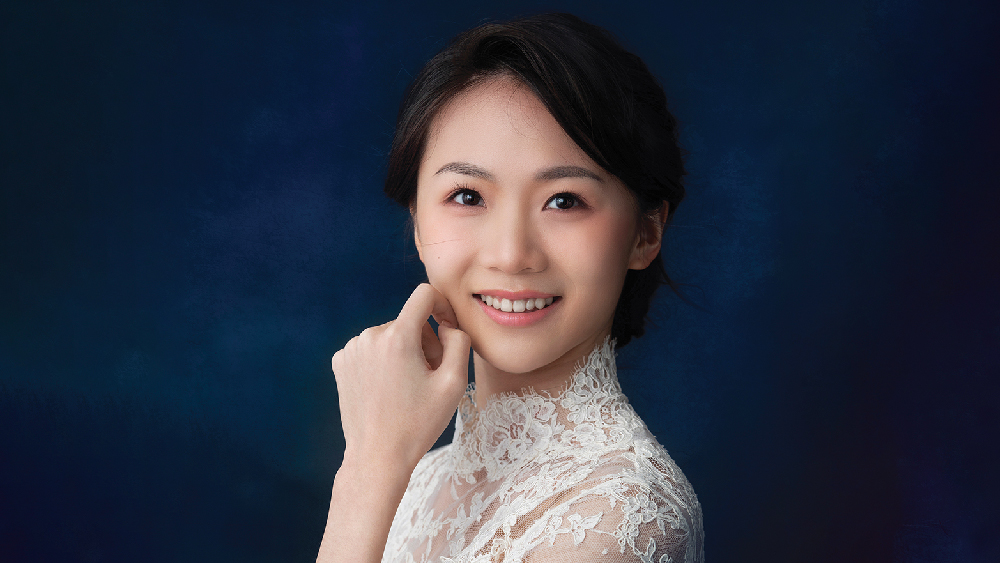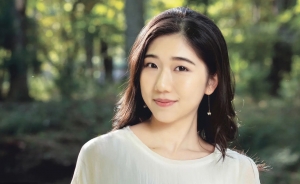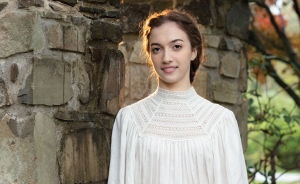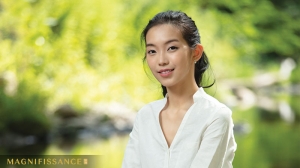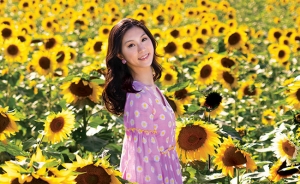Magnifissance Magazine is France and Canada's leading bilingual luxury lifestyle magazine in Chinese and English, dedicated to bridging East and West through a shared appreciation for the beauty and elegance rooted in both traditions.
In this issue, Magnifissance featured Shen Yun principal dancer Bella Fan. Fan has been with Shen Yun since 2016. In 2023, she was the first-place winner in the adult female division of New Tang Dynasty Television’s 2023 International Classical Chinese Dance Competition and won third place in the same competition’s junior division in 2018.
From Magnifissance’s: The Poetry of Dance: Interview with Award-Winning Dancer Bella Fan
An enchanting tune rises as a dancer, clad in purple and white, steps onto the stage. Moonlight seemingly appears as she brandishes her folded fan. Her movements, at times smooth and flowing, at other times brisk and controlled, transform her into a scholar of ancient times. Alone and reflective, she is lost in her own world.
Moonlight Mist is the name of the dance Bella Fan choreographed to perform at the 10th NTD International Classical Chinese Dance Competition, earning her the gold award in the adult female division.
This year marked Fan’s fourth time participating in the prestigious New York competition. Each journey has been filled with setbacks and fatigue but also with the joy and satisfaction that come from perseverance and hard work. Such experiences have strengthened the young woman, turning her into an accomplished artist.
Fan’s award-winning 2023 competition dance was inspired by Cave Fairy Song: Sizhou Mid-Autumn Festival, a poem by Song Dynasty writer Chao Buzhi. In the poem, the narrator admires the beauty of the moon on a misty night before reflecting on the meaning of life.
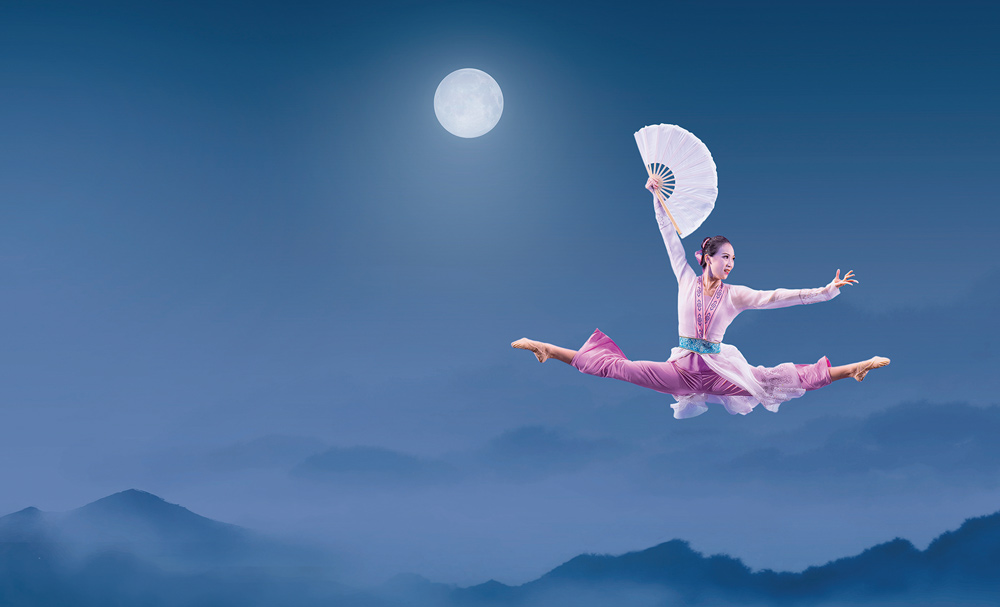
“For this competition, I aimed to portray a fully developed character who undergoes significant transformations,” Fan says.
In her piece, she embodies the tumultuous moments of an ancient Chinese scholar who moves from a sense of being lost in life to a joyous experience of enlightenment. The feelings of loss, dejection, and loneliness are juxtaposed with lightheartedness, optimism, and ease. With her body as the brush, the stage as the canvas, and the music as the ink, Fan weaves the spirit and determination found in ancient writings to create a poetic image of her own.
To convey the scholar’s complex emotions, and to capture the psychological change she undergoes after her epiphany, Fan needed not only superb dance techniques but also a deep understanding of Chinese history and traditions. “I have a strong affinity for Song Dynasty culture, and I often immerse myself in the poems from that period and genre,” she says.
The Song Dynasty (960–1279) was a glorious age for Chinese art, characterized by impeccable paintings, exquisite porcelain, and sophisticated poetry. Literature from that era conveyed Confucian values while the art was profoundly simple, with every subtle detail carrying significant meaning. That clean, elegant aesthetic has remained a timeless source of inspiration cherished by countless generations.
Traditional Chinese arts in general aim to convey vivid emotions. Establishing a direct connection between the artistic creation—be it a painting, poem, dance, or musical composition—and the soul is what defines the beauty of these arts. They transcend the visual, enabling artists to express their intellectual insights and engage in a philosophical dialogue with the viewer.
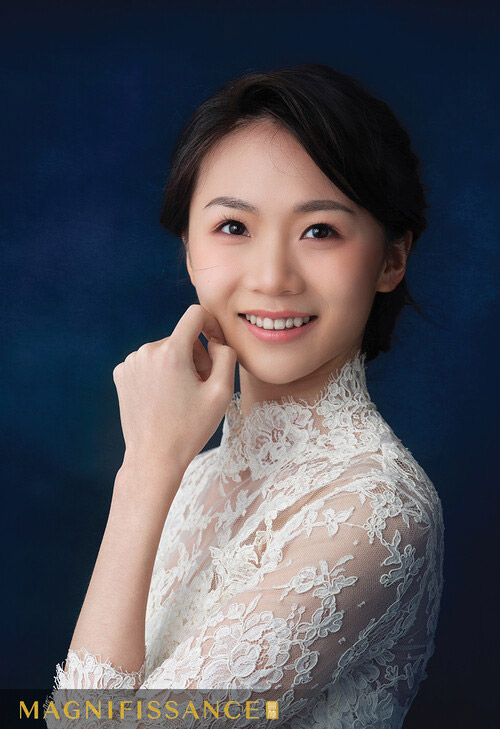
“This is why classical Chinese dance begins in the heart,” Fan says. “The dancer must first align herself with the sentiments and values she wishes to communicate before she can use her body to convey the character’s inner emotions.”
Profound aesthetics
Artistic philosophies can be expressed through a few simple brushstrokes or an elegant verse. In dance, they’re conveyed through the lift of an arm or the pace of the dancer’s feet. The dancer must consider every movement to find the most effective means of expression.
“I want my portrayal of each character to be complex and three-dimensional. I want to be able to express every one of their emotional developments and all of their personal traits,” Fan says.
In Moonlight Mist, the young woman’s movements embody the gentleness, lightheartedness, and tenacious righteousness of a virtuous scholar. Initially, her steps are graceful yet solemn, while her gaze searches the moonlit night sky for answers to her heart’s troubles. Later, as she becomes enveloped in a haze, she stumbles. Following a sudden revelation, the feet become light and joyful, her expression radiating delight and ease. Through each sweep of the arm, every turn, every leap, and each change in facial expressions, Fan effectively communicates the character’s inner emotional journey.
“Anyone with dance experience, especially those who have received professional training, knows that dancers strive to extend their limbs as far as they can. This is akin to a writer with a rich vocabulary or a singer with a wide vocal range. This extension not only adds grace and dynamics but also provides more room for expression, making the performance more powerful,” she says.
In recent years, Fan and her fellow dancers at Shen Yun Performing Arts have been studying the technique known as shen dai shou, kua dai tui (the body leads the hands, the hips lead the legs). This technique—long lost and now unique to Shen Yun represents the pinnacle of classical Chinese dance techniques, enabling dancers to extend their movements to the maximum. Even the smallest actions, such as the flick of fingertips or the point of toes, originate from the body’s core, while every nerve plays an active role in the execution of each pose.
There are no shortcuts to improving one’s dancing. All one can do is dance. Through trial and error, Fan gradually finds the right feeling and identifies her mistakes. From there, she works on adjusting the way she applies force as she continually strives for improvement.
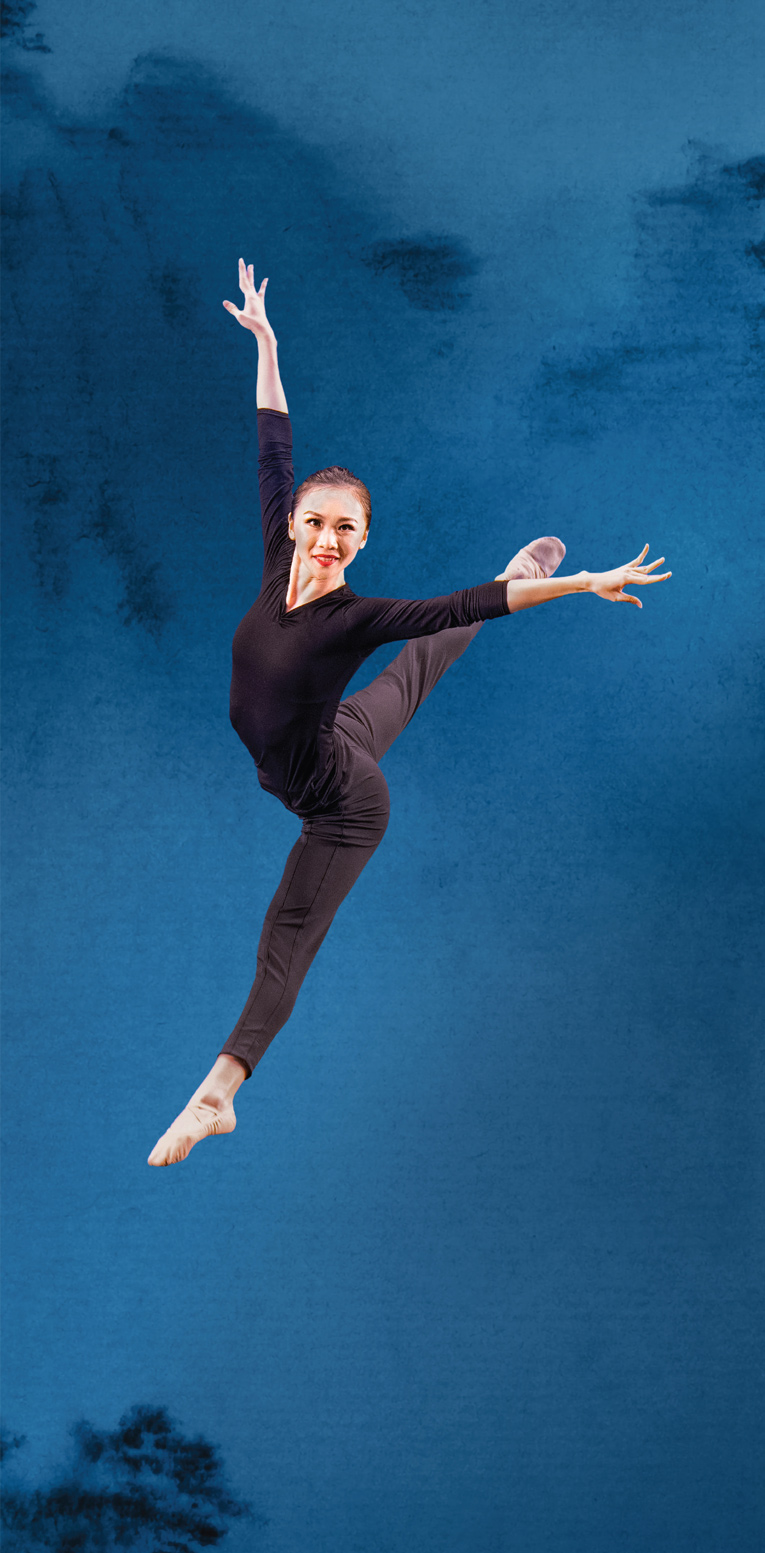
Fulfilling a mission
To maintain her flexibility, stamina, and mastery of techniques, Fan must undergo intensive training every day, including stretches and intense repetition of dance techniques. She has maintained this demanding schedule ever since she left her hometown in Taiwan ten years ago to join the New York-based Shen Yun.
The performing arts group currently comprises eight similarly sized companies, each performing over a hundred shows per season. Fan and her fellow dancers often post online vlogs, offering a glimpse into their lives while touring the world. Fan candidly shares that, ever since she began dancing, the exhaustion, pain, and relentless training have occasionally led her to consider quitting.
“Every time this happens, I ask myself: ‘Do you truly want to quit dancing, or do you simply want to avoid the hard work and difficulties that lie ahead?’ The answer is obvious, so I always choose to continue,” she says.
The name “Shen Yun” means “the beauty of divine beings dancing.” Upon joining the company, Fan felt she had a sacred mission to share China’s five thousand years of rich history and culture with the rest of the world. Since ancient times, Chinese people have believed in the existence of divine beings and have shown respect for the laws of Heaven. That is because Confucian, Taoist, and Buddhist teachings form the foundation of Chinese culture.
Ancient Chinese scholars believed that the heart was the locus of one’s inner self. Only through self-improvement and high moral virtues could an individual positively influence and bring change to society. Similarly, a dancer who seeks to master the incomparable shen dai shou, kua dai tui technique must learn to execute each movement from the heart.
Shen Yun’s performers are cultivators of Falun Dafa, a spiritual practice that teaches the principles of truthfulness, compassion, and tolerance. Fan and her fellow dancers strive to live by these principles in their daily lives, working to improve both their external techniques and their internal character. This continuous pursuit of self-improvement motivates them to persevere in their arduous daily training, allowing them to exude an exceptional purity and elegance that can truly be described as “the beauty of divine beings dancing.”
“Our mission is to revive and spread authentic traditional Chinese culture, motivating us to strive for improvement and challenge ourselves,” Fan says.
She is happy to be part of such a grand and noble mission that has not only allowed her to grow in multiple areas but has also brought her great contentment.
“Being a classical Chinese dancer has made me more confident, resilient, patient, and persevering. It has given me the opportunity to communicate my emotions and thoughts and to share the beauty of art,” Fan says.
Her poetic journey is truly worth treasuring.


